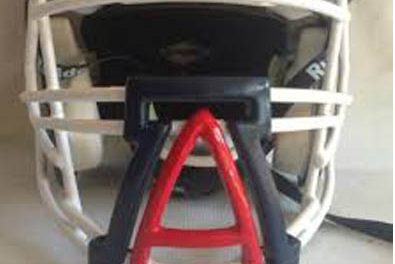Ketosis is a bodily state where fat is burned and broken down into ketones and used for energy. Ketosis takes place where there is a carbohydrate deficit in the body (carbohydrates are our main source of energy) and it is a perfectly natural state for the human body to be in. We often go into ketosis during periods of intermittent fasting and ketosis is even prescribed to treat certain medical conditions such as epilepsy or type-2 diabetes.

There are lots of ways you can trigger ketosis, but if you are trying to figure out how to get into ketosis quickly then you may find some of the following pointers useful –
#1: Cut Carbohydrates to a Minimum
This one is obvious – you cannot enter ketosis if you are consuming carbohydrates. This is the most important factor in triggering ketosis and is a prerequisite for any other method.
During a non-ketonic state, your body and cells use glucose as their main source of fuel, however, your cells can also use other fuel sources. These other fuel sources include ketones and fatty acids. When your carbohydrate intake is at a minimum, your glycogen stores deplete and insulin declines, enabling fatty acids and ketones to be released from your body’s fat stores.
The level of carbohydrate restriction very much depends on you as an individual, with some people limiting carbohydrates to as little as 20g per day.
#2: Increase Physical Activity
As you exercise, your body’s glycogen stores deplete much quicker and if you are not eating carbohydrates, these glycogen stores cannot be replenished. If your carbohydrate intake remains at minimal levels, your glycogen stores will remain low and the number of ketones being released will increase to be used as fuel.
High intensity interval training is a great way to promote ketosis and is the best way to burn this excess fat off.
#3: Take on Protein & Healthy Fats
Consuming extra healthy fats (avocado, for example) can boost ketone levels, but do not go overboard here; excess fat does not mean excess ketones. Ketogenic diets should involve getting around 60-80% of the calories from fats and the rest from protein, with a very small amount of carbohydrates.
Protein intake should be adequate for your needs but not excessive – the only way ketone levels can increase and maximize is by increasing fat intake and decreasing carbohydrates to a minimum. This is a careful balancing act, because you need to eat enough protein to maintain overall health and help build overall muscle mass. Although losing weight also means losing some muscle, consuming enough protein on a low-carb diet will help preserve what you have.
The simplest and easiest way to trigger ketosis is to reduce the amount of carbohydrates you are consuming to a bare minimum, ramp up exercise and supplement the loss of carbohydrates with extra fats. You should also ensure you are getting enough protein to maintain your body’s needs and muscle mass, as you lose muscle mass during periods of fat loss.










